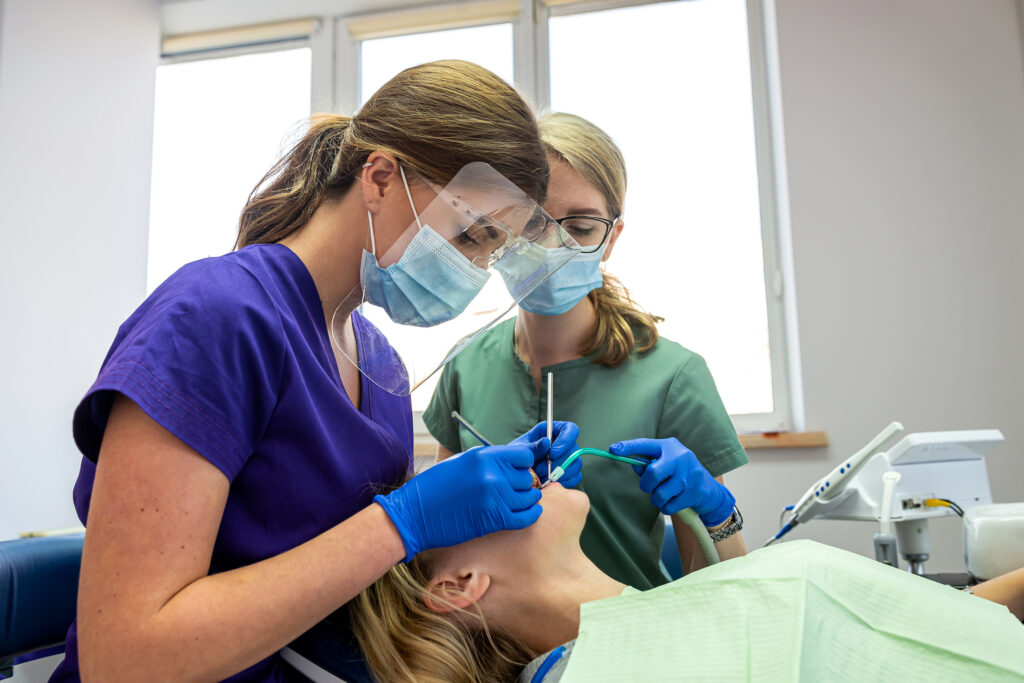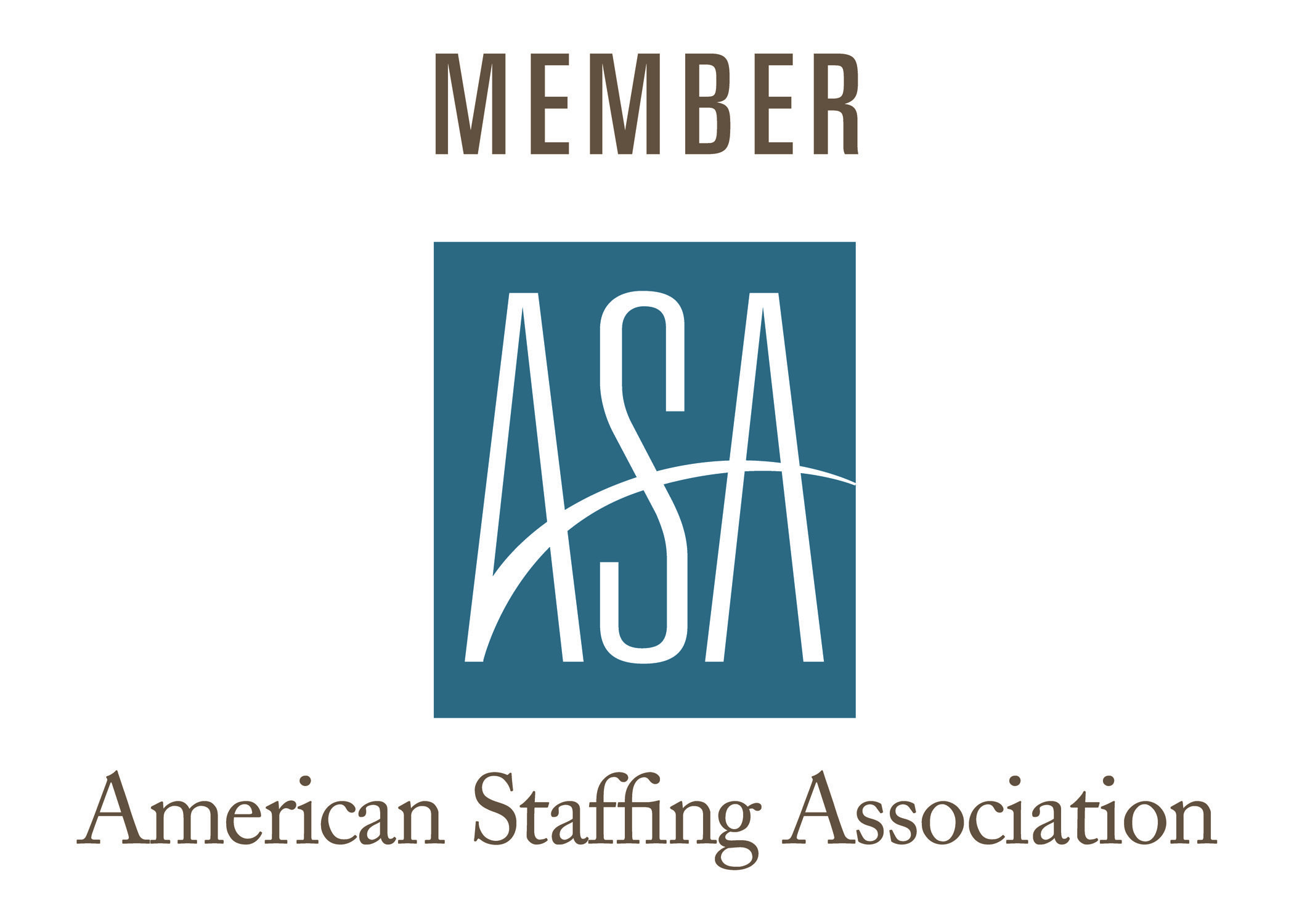As the U.S. dental industry approaches 2026, it faces one of its most transformative periods in decades. Driven by evolving healthcare policies, digital innovation, and shifting workforce dynamics, dentistry is redefining how care is delivered, where professionals work, and how patients access essential oral health services.
The ongoing demand for qualified dentists, hygienists, and assistants continues to outpace supply in many regions, while new regulations and technologies are reshaping professional mobility and patient interactions. For employers, these developments call for strategic workforce planning. For dental professionals, they open doors to new career paths, flexibility, and growth.
This blog examines key data and forecasts that will shape the U.S. dental workforce in 2026, including supply trends, licensure reforms, digital transformation, and reimbursement shifts. It highlights the opportunities these developments present for both employers and dental professionals.
Understanding the Current Dental Workforce Landscape in 2025
The U.S. dental profession has evolved significantly over the past few years. According to the American Dental Association (ADA), there are approximately 201,117 practicing dentists nationwide, equating to about 59.5 dentists per 100,000 people. The profession is becoming younger and more diverse, with a steady rise in female representation.
While solo private practices once dominated, there has been a notable shift toward group practices and Dental Support Organizations (DSOs), especially among early-career dentists seeking collaborative environments and operational support.
Recruitment challenges remain, with the University of Washington’s Oral Health Workforce Research Center noting persistent shortages of dental hygienists and assistants, particularly in rural and underserved regions. Meanwhile, the Bureau of Labor Statistics (BLS) projects employment for dentists to grow by 4% between 2023 and 2033, reflecting steady national demand.
In short, dentistry in 2025 stands at a turning point, balancing workforce shortages, increasing digital adoption, and preparing for significant regulatory and practice model changes ahead.

Top Predictions and Trends Shaping the U.S. Dental Workforce in 2026
Dentist Supply Will Grow, but Distribution Gaps Will Persist
The Health Resources and Services Administration (HRSA) projects a 6% increase in the dentist supply through 2030. However, this growth is concentrated in metropolitan regions, leaving rural areas underserved.
To address this, states are introducing loan repayment programs, relocation incentives, and flexible licensure policies to attract professionals to high-need communities. Employers in these regions will need to offer competitive packages and flexible scheduling to retain staff.
Licensure Portability Will Transform Workforce Mobility
A major policy milestone in 2026 is the operational rollout of the Dentist and Dental Hygienist Compact (DDH Compact), supported by the Council of State Governments (CSG), the American Dental Association (ADA), the American Dental Hygienists’ Association (ADHA), and the U.S. Department of Defense (DoD).
The compact allows licensed dentists and hygienists in participating states to practice across borders without obtaining additional licenses. By 2026, several states will be fully implementing the compact, allowing for faster recruitment and greater mobility for locum tenens professionals and multi-state DSOs.
Dental Therapy and Expanded Practice Models Will Improve Access
An increasing number of states are expected to authorize dental therapy programs to address provider shortages and expand access to preventive care. The Oral Health Workforce Research Center reports that states with established dental therapists already show improved patient outcomes and satisfaction.
As this trend continues, dental employers in public health and community settings will have more staffing flexibility and a broader skill mix within their teams.
Teledentistry Becomes a Mainstream Service Model
Teledentistry, once a pandemic-driven necessity, is now a permanent fixture in oral healthcare. In 2026, states are expected to refine reimbursement models and expand Medicaid coverage for virtual dental care. Hybrid service delivery, combining in-person and online care, will become increasingly common.
Dental Support Organizations (DSOs) Continue Rapid Growth
The DSO model is reshaping practice ownership. According to the ADA’s Health Policy Institute (HPI), DSO affiliation is rising, particularly among younger dentists and new graduates seeking mentorship and stability.
By 2026, consolidation across DSOs will accelerate through acquisitions and partnerships, while independent practices will maintain competitiveness by emphasizing personalized care and community connection.
AI and Digital Dentistry Dominate Innovation
Artificial intelligence is becoming central to diagnostics, workflow efficiency, and patient engagement. With 3D printing, CAD/CAM systems, and same-day restorations becoming the norm, professionals skilled in digital tools will have an edge. Employers investing in AI training and digital infrastructure will attract top talent and improve patient outcomes.
Medicaid and Insurance Changes Will Reshape Reimbursement
Several states are expanding adult dental benefits under Medicaid, increasing access for underserved adults and seniors. Ongoing discussions at the federal level regarding dental inclusion in Medicare could further broaden coverage.
These reforms will encourage value-based care models that reward preventive outcomes rather than volume, urging employers to adapt billing systems and data documentation accordingly.
Emerging Opportunities in the 2026 U.S. Dental Workforce
As these trends unfold, new professional and business opportunities are emerging across the dental industry.
- Public Health and Community Practice Expansion:
More funding for Medicaid and dental therapy will increase roles in federally qualified health centers, mobile dental units, and school programs. - Digital and Teledentistry Careers:
Virtual consultations, AI diagnostics, and remote treatment planning are creating demand for tech-savvy dental professionals who can bridge clinical expertise with technology. - Leadership and Management in DSOs:
As DSOs grow, experienced clinicians can transition into operations, compliance, and leadership roles. - Locum and Multi-State Flexibility:
The DDH Compact will make temporary and cross-state work easier, enabling dental professionals to explore diverse practice environments while employers access a broader talent pool. - Cosmetic and Preventive Dentistry Growth:
Rising patient interest in whitening, clear aligners, and minimally invasive treatments will benefit practices specializing in aesthetic and preventive services.

Turning Predictions into Action: Practical Insights for 2026
For Employers and Dental Practices
- Establish state-by-state regulatory trackers to stay compliant with licensure, telehealth, and dental therapy laws.
- Strengthen recruitment and retention strategies, including relocation bonuses, CE support, and career development programs.
- Foster partnerships with dental schools and training programs to secure a steady talent pipeline.
- Promote technological literacy within your team, and digital competence will soon be a hiring essential.
For Candidates and Dental Professionals
- Stay informed about compact participation to expand your practice eligibility.
- Pursue continuing education in digital and telehealth technologies.
- Explore nontraditional roles in education, administration, or corporate dentistry for long-term career flexibility.
- Prioritize employers that invest in professional development and innovation.
The Bottom Line
2026 won’t be about reinventing dentistry; it’ll be about acceleration. Licensure reform, digital integration, and expanding access will redefine how care is delivered and where opportunities arise.
For employers, success will depend on agility, adapting recruitment strategies, embracing innovation, and building supportive workplace cultures. For dental professionals, the winners will be those who stay curious, upskill continuously, and remain open to change.
Whether you’re running a multi-state DSO or planning your next career move, the message is clear: the future of dentistry belongs to those ready to evolve with it.
Partner With Us to Navigate 2026’s Dental Workforce Changes
Whether you are a dental employer preparing for future staffing needs or a dental professional exploring new opportunities in 2026, staying ahead of workforce trends is key to success. Our team at Verovian Dental Recruitment Agency connects skilled dental professionals with leading practices across the United States, from general dentistry and orthodontics to oral surgery and community health.
Let us help you find the right talent or role for your next career move. Contact us today to build your future in the 2026 dental landscape.




